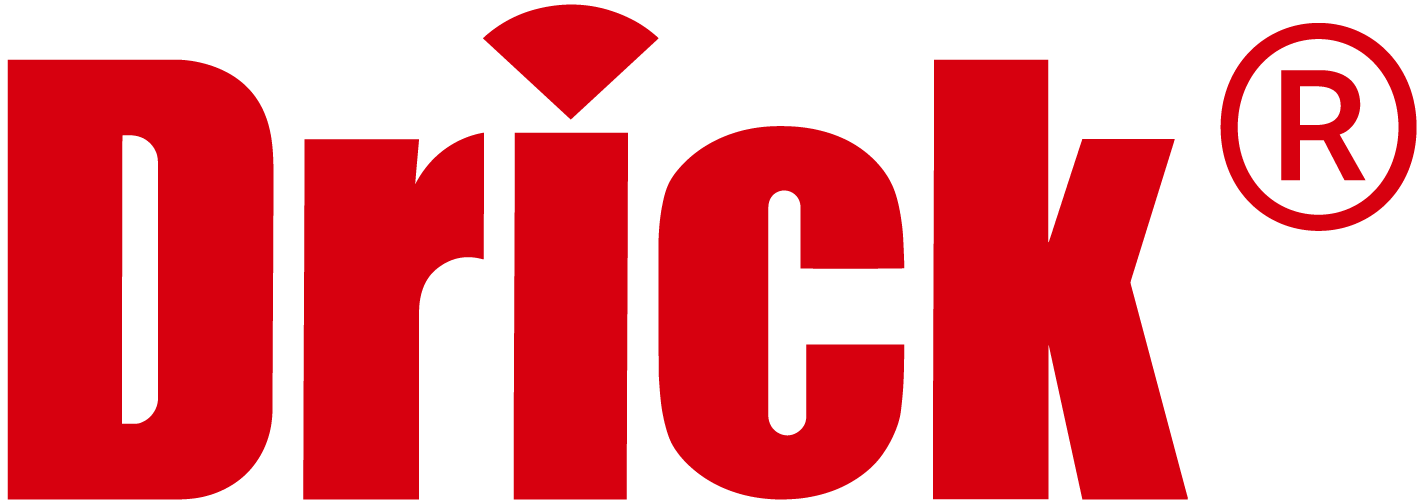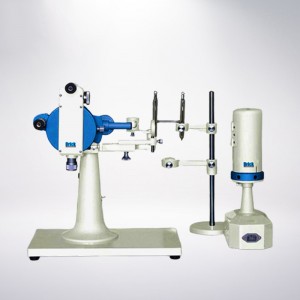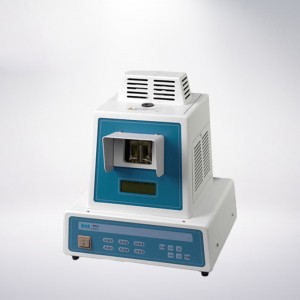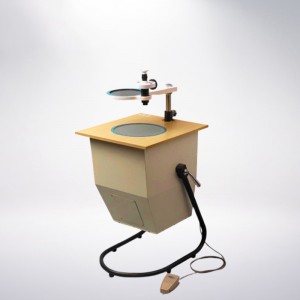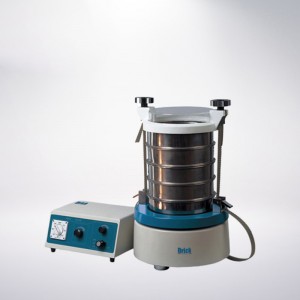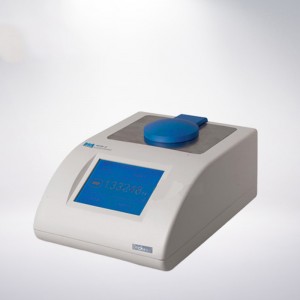DRK6617 Prism Refractometer
This instrument can be used to quickly and accurately determine the refractive index, average dispersion and partial dispersion of transparent or translucent solid and liquid substances (that is, it can measure 706.5nm, 656.3nm, 589.3nm, 546.1nm, 486.1nm, 435.8nm, 434.1 The refractive index of eight common wavelengths such as nm and 404.7nm).
When the grade of optical glass is known, its refractive index can be measured quickly. These data are extremely useful for the design and manufacture of optical instruments.
Generally, the instrument needs to have a certain size when measuring the refractive index of the sample, and this instrument can obtain the refractive index of the smallest sample by accurately preparing the immersion method, which is particularly important for protecting the tested sample.
Since this instrument is based on the principle of the law of refraction, the refractive index of the tested sample is not limited by the refractive index of the prism of the instrument. This is particularly useful for trial production of new products in optical glass factories.
Because the measurement accuracy of the instrument is 5×10-5, the refractive index change of the material after high-temperature heat treatment can be measured.
Based on the above points, this instrument is one of the necessary instruments for optical glass factories, optical instrument factories and other related scientific research units and universities.
The main technical parameters:
Measuring range: solid nD 1.30000~1.95000 liquid nD 1.30000~1.70000
Measurement accuracy: 5×10-5
V prism refractive index
For solid measurement, nOD1=1.75 nOD2=1.65 nOD3=1.51
For liquid measurement nOD4=1.51
Telescope magnification 5×
Magnification of reading system: 25×
The minimum division value of the reading scale: 10′
Minimum grid value of micrometer: 0.05′
Instrument weight: 11kg
Instrument volume: 376mm×230mm×440mm
Products categories
-

Phone
-

E-mail
-

Whatsapp
-

Top
